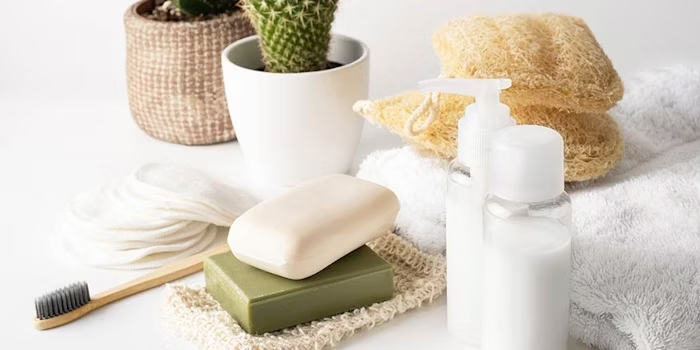The beauty industry has historically been associated with narrow standards of beauty, often promoting unrealistic ideals that exclude many individuals. However, in recent years, there has been a significant shift towards inclusivity and diversity within the beauty industry. This evolution has been driven by changing consumer demands, increased awareness of social issues, and the rise of influential voices advocating for representation. In this article, we will explore the journey towards inclusivity in the beauty industry, examining the challenges, milestones, and ongoing efforts to create a more diverse and inclusive beauty landscape.
Historical Beauty Standards:
For decades, the beauty industry has perpetuated a homogeneous standard of beauty, characterized by Eurocentric features and light skin tones. This narrow definition of beauty left many individuals feeling marginalized and excluded, particularly those with darker skin tones, non-traditional facial features, or diverse gender identities. Mainstream beauty brands focused primarily on catering to a limited demographic, often overlooking the needs and preferences of diverse consumers.
The Rise of Inclusivity:
The shift towards inclusivity in the beauty industry can be attributed to several factors, including changing consumer demographics, social movements advocating for representation, and the influence of diverse voices in media and entertainment. As consumers became more vocal about their desire to see themselves represented in beauty products and marketing campaigns, brands began to take notice and respond accordingly. Influential figures within the industry, such as Rihanna with her groundbreaking Fenty Beauty line, played a significant role in challenging traditional beauty standards and pushing for greater diversity.
Expanding Shade Ranges:
One of the most tangible manifestations of inclusivity in the beauty industry has been the expansion of shade ranges across various product categories. Historically, many beauty brands offered limited options for individuals with darker skin tones, leading to a lack of representation and accessibility. However, in recent years, there has been a proliferation of inclusive shade ranges, particularly in foundations, concealers, and complexion products. Brands like Fenty Beauty, Pat McGrath Labs, and Huda Beauty have led the way in offering extensive shade ranges that cater to a diverse range of skin tones.
Representation in Marketing and Advertising:
In addition to expanding shade ranges, the beauty industry has made strides in representing diverse faces and voices in marketing and advertising campaigns. Consumers are increasingly demanding authenticity and inclusivity in the images and messages they encounter, prompting brands to feature models and influencers of all ages, sizes, ethnicities, and gender identities. This shift towards more inclusive marketing has been instrumental in challenging traditional beauty standards and empowering individuals to embrace their unique identities.
Inclusive Product Innovation:
Beyond shade ranges and marketing representation, the beauty industry has seen a surge in inclusive product innovation aimed at addressing the diverse needs and preferences of consumers. From gender-neutral skincare and makeup lines to adaptive beauty products designed for individuals with disabilities, brands are embracing inclusivity as a core principle of product development. This focus on inclusivity not only expands market reach but also fosters a sense of empowerment and acceptance among consumers who have long felt underserved by traditional beauty offerings.
The Role of Influencers and Social Media:
The rise of social media platforms has democratized beauty, allowing individuals from diverse backgrounds to share their stories, perspectives, and beauty routines with a global audience. Influencers and content creators have played a pivotal role in promoting inclusivity and diversity within the beauty industry by challenging stereotypes, showcasing diverse beauty ideals, and advocating for greater representation. Platforms like Instagram, YouTube, and TikTok have become powerful tools for amplifying marginalized voices and driving conversations around inclusivity in beauty.
Challenges and Opportunities:
While significant progress has been made towards inclusivity in the beauty industry, challenges remain. Issues such as tokenism, performative activism, and lack of representation behind the scenes continue to plague the industry, highlighting the need for sustained efforts towards meaningful change. Additionally, the beauty industry has an opportunity to expand its definition of inclusivity to encompass a broader range of identities, including age, body size, disability, and gender expression.
Conclusion:
The journey towards inclusivity in the beauty industry is ongoing, marked by milestones, challenges, and opportunities for growth. By embracing diversity and representation, the beauty industry has the power to empower individuals, challenge stereotypes, and redefine traditional beauty standards. As consumers continue to demand authenticity and inclusivity, brands must prioritize diversity as a fundamental value, ensuring that everyone feels seen, heard, and celebrated in the world of beauty.

